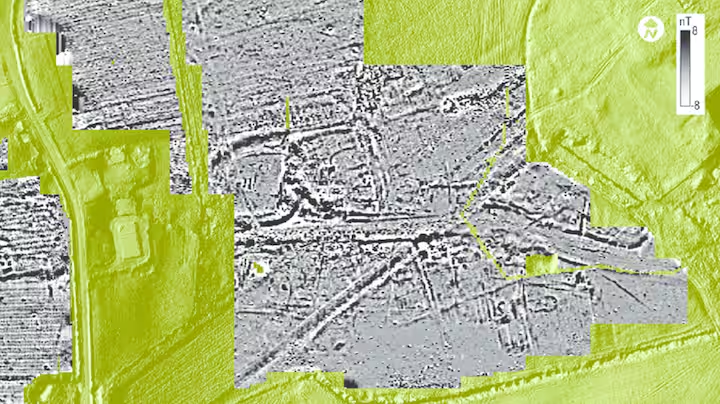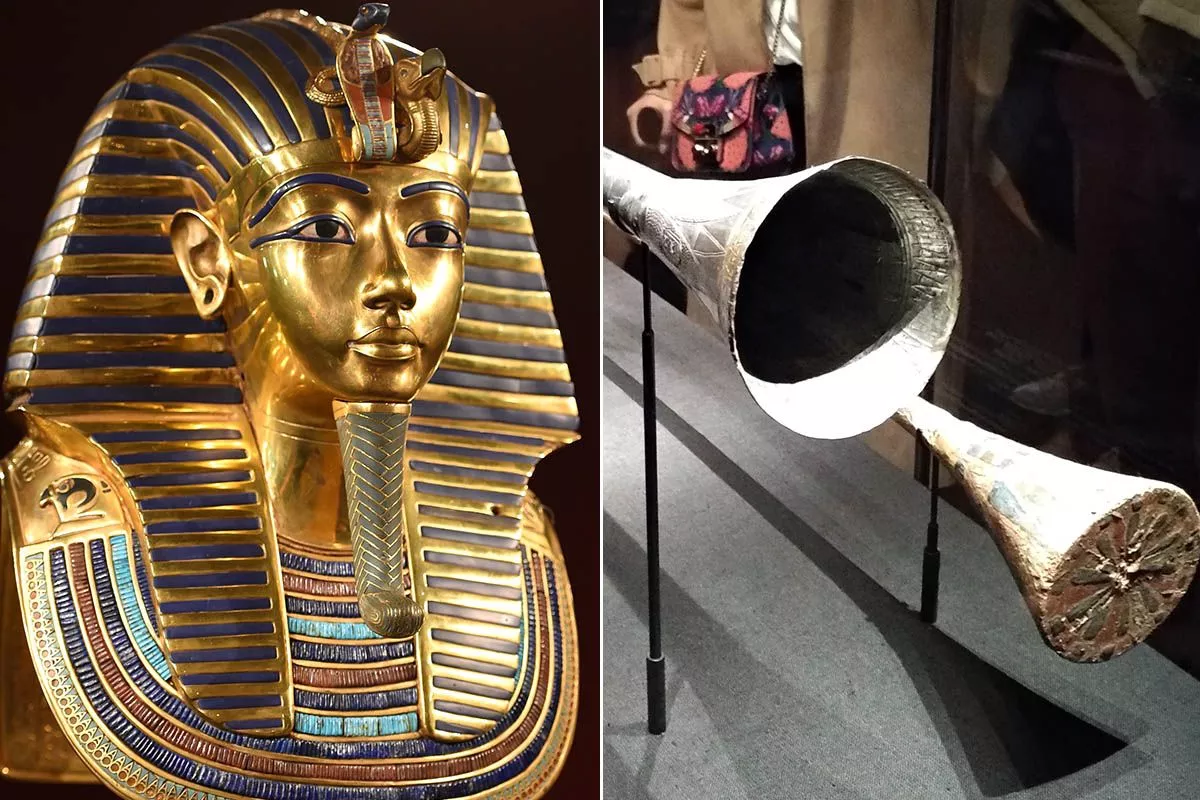Ancient literature, myths, and folklore frequently refer to sacred old mushrooms that were important to our ancestors. Mushrooms were revered, feared, and even worshipped in earlier cultures.
Since ancient times, mushrooms have captured our attention due to their enigmatic biology. It is unknown how humans in the past could tell which mushrooms were deadly and which were not.
Carl de Borhegyi, a researcher, claims that despite the word mushroom having been used for centuries, it has never been clearly defined. It's possible that the word "mushroom" and its variants came from the French word "mousseron," which was used to describe moss (mousse). Although they are considered to be plants, mushrooms lack chlorophyll.
Chlorophyll is a green pigment found in plants that helps them make food from sunlight through a process called photosynthesis.
The word "fungi" comes from the Greek word "mykes," and although belonging to the plant family, they reproduce by dropping vast amounts of spores, tiny cells, to the ground.
Ancient Mythology of Mushrooms and Their Relationship to the Sons of the Gods
For instance, the ancient Egyptians thought there was a particular bond between mushrooms and gods. Wild mushrooms, according to ancient Egyptians, were "sons of the gods" that lightning had brought to Earth. Therefore, only the Pharaohs were permitted to consume them.
According to hieroglyphs from ancient Egypt, pharaohs believed that mushrooms were a sacred herb that you might eat to extend your life.
Mushrooms weren't as popular with ancient Greeks. Because mushrooms are poisonous, the Greeks were afraid of them and thought they were dangerous. While the fungus was valued for its culinary properties in Roman civilization, it also came to represent death fungus. The name means "bringer of death" (from the Latin funus, which means "death," and needle, which means "port, lead").
The Mysterious Mesoamerican Mushroom Stones
There was a mushroom cult in Mesoamerica. There are numerous antique statues that show people or gods that are shaped like mushrooms. There is no proof that a cult dedicated to narcotic mushrooms ever existed in Mesoamerica, as some experts have hypothesized.
The Preclassic Mayan mushroom stone pictured at the far left is from the site of Kaminaljuyu in the Guatemala Highlands, which depicts a mushroom emerging from the back of a crouching jaguar. Mushroom stones with a double edge or groove on the underside of the cap, have been dated to the Late Pre-Classic period about 300-100 B.C. by Stephan F. de Borhegyi based on the few mushroom stones that have been excavated in context at Kaminaljuyu. Image credit: Carl de Borhegyi - www.mushroomstone.com
Mexico, Guatemala, and other locations in America are where you can find the mushroom stones. The production of the mushroom stones stopped for an unidentified reason centuries before Columbus set foot on American soil.
"We must keep in mind that these mushroomic artifacts were not created for our enlightenment as we examine them. Whatever the associations were, they served as iconic shorthand for a large collection of associations.
The Christian cross can be found in countless variations, such as the "effigy cross" or crucifix, all of which have their roots in a complex web of sentiments, ideals, and religious aspirations.
Ancient mushroom stones in Pre-Columbian art. Image credit: Image credit: Carl de Borhegyi - www.mushroomstone.com
An archaeologist could learn more about the past from the crucifix than, say, a Maltese cross. Accordingly, the motif of the effigies on the mushroom stones contains the secret, according to the late ethno-mycologist Robert Gordon Wasson.
Both the hallucinogenic Amanita muscaria and the Psilocybin mushrooms were worshiped and revered as gods in ancient Mesoamerica, according to specialists who have studied the mushroom cult there.
We must look very closely to spot the mushroom representations because they were deftly hidden in the religious artwork of the New World.
Over 100 times in the Rig Veda, the mysterious plant known as Soma is mentioned. A mushroom, perhaps?
The real identity of Soma, a mysterious plant mentioned more than 100 times in the Rig Veda, is still up for contention among experts. According to the Rig Veda, Soma is a tiny red plant without leaves, roots, or blooms, but with a rich, meaty stem.
Ancient mushroom stones discovered in the Maya tomb. Image credit Carl de Borhegyi - Mushroom Stone
It is the only plant or beverage that has ever been known to have been venerated in human society. Although the hymns about Soma have been passed down to us over the years, its botanical identity is still unknown.
Maybe Soma was a mushroom?
In the universe, Soma (Soma) was regarded as the most valuable liquid. As a result, it was a necessary component of all Vedic rites and was offered as a sacrifice to all gods, especially the warrior deity Indra. The beverage was allegedly eaten by gods to maintain their immortality.
Because it was what the gods drank and what gave them their divine qualities, Soma is comparable to the Greek ambrosia (also known as amrita) in this regard. Soma is pictured as being devoured in great quantities by Indra and Agni, the heavenly embodiment of fire.
In both Iranian and Vedic Hindu mythology, the haoma and soma plant grow beneath a sacred and mighty "world tree". Image credit Carl de Borhegyi - Mushroom Stone
Robert Gordon Wasson asks: "What was this plant named "Soma" in his book Soma of the Aryans? Nobody is aware. Around 3,000 years ago, when the priests stopped using it, it lost its identity.
The Brahmanas are the earliest Indo-Aryan liturgical writings.
They talk about the substitutes for Soma that were utilized in the ritual but omit to explain the actual plant.
Amanita muscaria, sometimes known as fly agaric or fly amanita, was Soma. Northern Europe and Siberia are both familiar with this bright red mushroom with white specks dotting its cap.
It has traditionally been a significant part of the religion of several tribes in northern Siberia, where it has been consumed during their shamanic rituals.
I argue that it is a great example of a tabu that has outlasted the religion that it originated from because of its reputation in the West as a deadly plant. The concept that only the shaman and his apprentice could consume the fly-agaric with impunity—and that everyone else would undoubtedly perish—reigned among the most traditional fly-agaric users in Siberia until quite recently.
I have no doubt that this is where the tabu that has persisted among us till this day got its start.
Hallucinogenic mushrooms were utilized in mystery and sacred rites as early as the Paleolithic epoch, according to archeological data.
The Siberian peoples employed the Amanita muscaria jointly at celebrations and rites. It was also utilized by Shamans to communicate with the spirits of the dead, perform divination, and decipher dreams.
The widespread practice of using therapeutic mushrooms has its origins in TCM (Traditional Chinese Medicine), specifically in the Taoist tradition.
Ancient peoples also employed mushrooms as medicine. Mushrooms are an essential component of the diet and are used medicinally in Eastern Europe. We find prehistoric mushroom-related symbolism all over the world because, as we have seen, mushrooms played a crucial part in the life of our ancestors.
We advise reading Carl de Borhegyi's great research if you want to learn more about how significant mushrooms were in prehistoric times.















